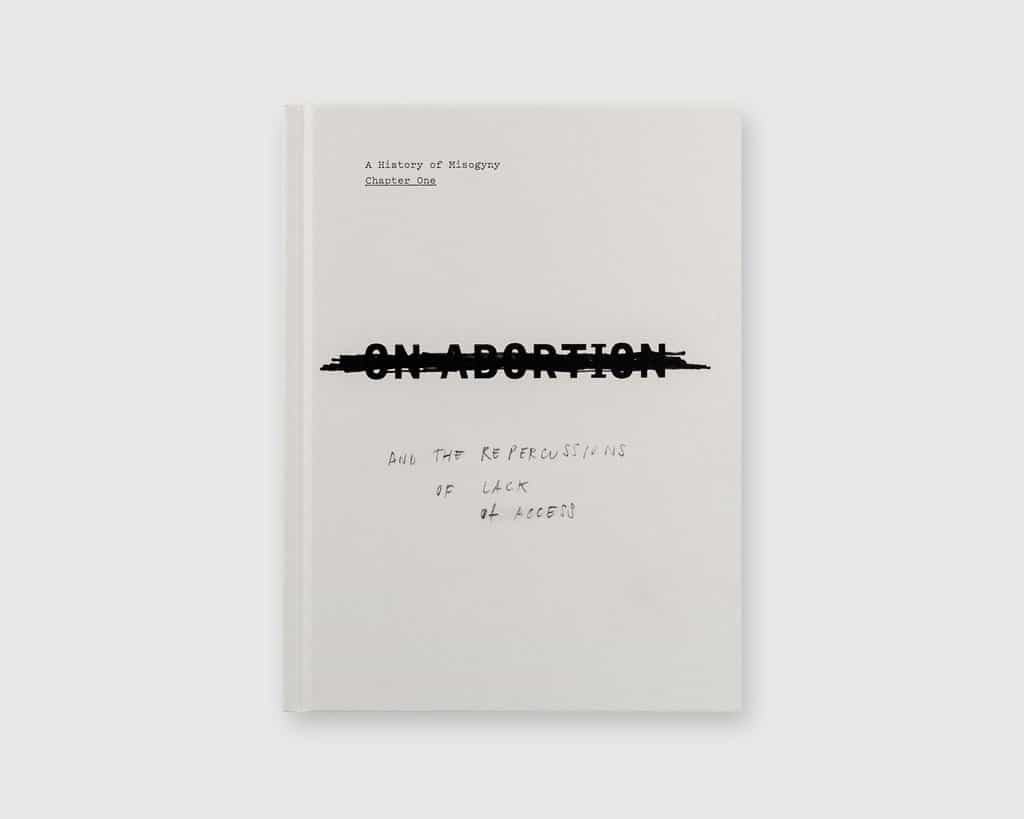
Laia Abril: a History of Misogyny
Once an art curator told her, when visiting her exhibition, something that still makes the artist Laia Abril smile: “Your work is a guided tour of your mind.” When she started working as a photographer and editor of the Benetton Foundation’s Colors magazine, she had already studied journalism in Barcelona and photography in New York. More than a decade later, today, a guided tour of her work allows us to affirm that her mind is hybrid: she creates collages of meaning with different sources, she expands through all the supports that allow her to convey the subtle impact that it is already her brand. “The filter is me,” she says.
The topics she addresses flow in a timeline that is an infinite loop. That is why she needs to organize her work into chapters, sagas, trilogies, like a diver who wants to go deeper each time. A History of Misogyny: On Abortion (2017), On Rape (2020), Menstruation Myths (2021), On Mass Hysteria (2023) On Eating Disorders: Thinspiration (2011), The Epilogue (2014), On Diet Culture (2024) On Sexuality: Femme Love (2009), Tediousphilia (2014) Lobismuller (2016).
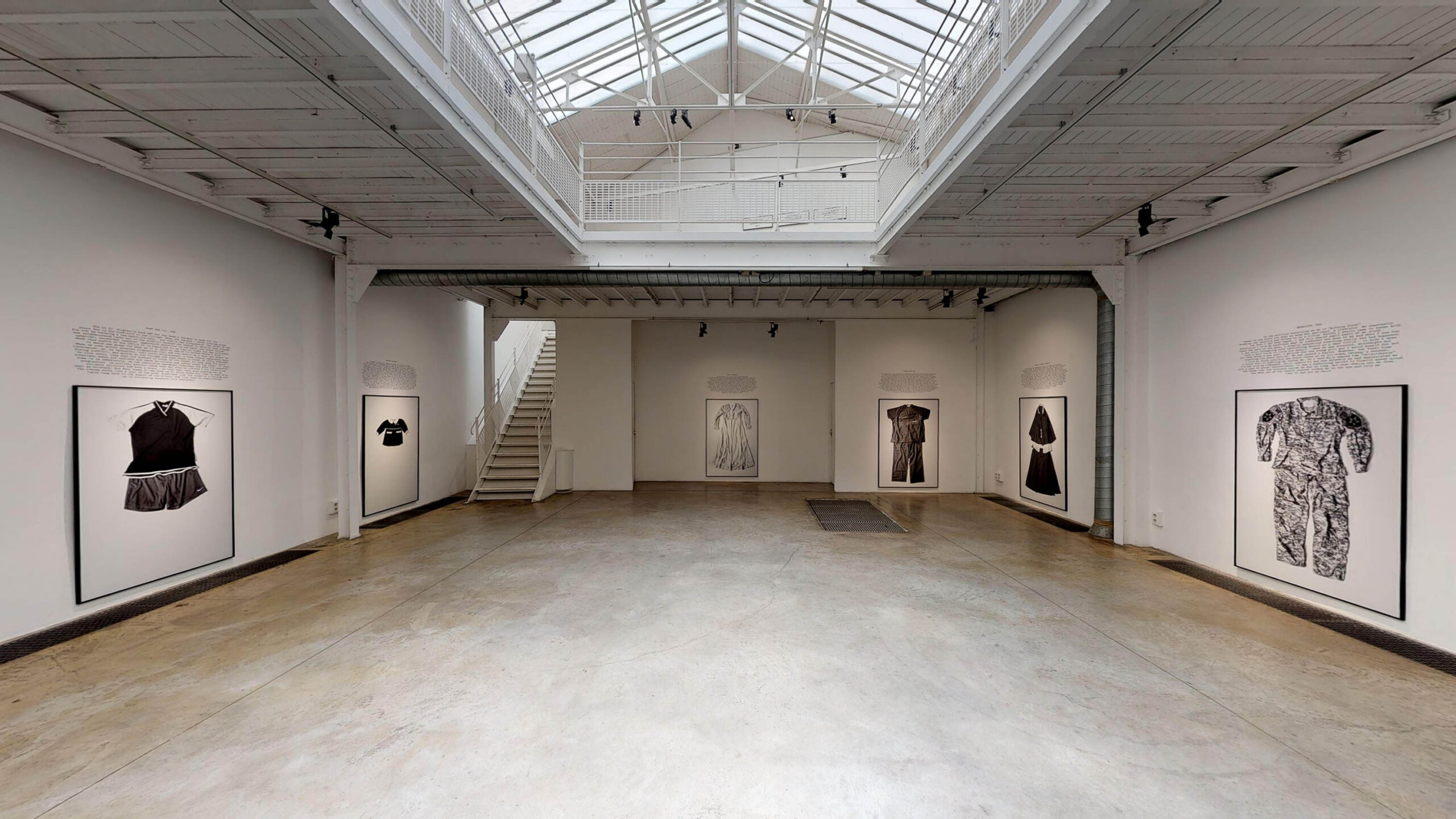
Laia Abril – in Galerie Filles Du Calvaire I
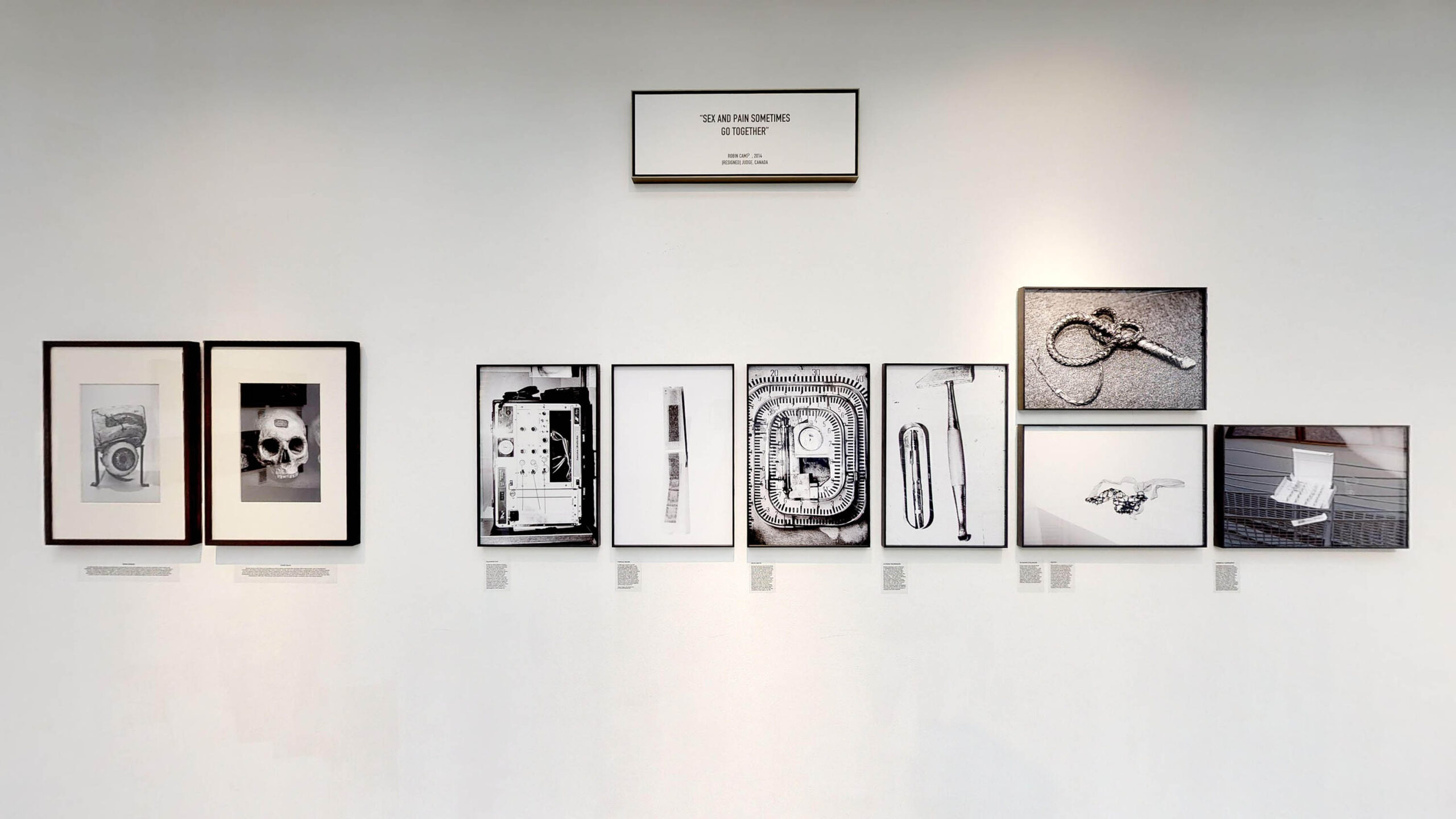
Laia Abril – in Galerie Filles Du Calvaire I
Quien aterriza en una instalación de Laia Abril entra en otra dimensión: para entender también debe bucear, meterse, entregarse al impacto que genera con susurros, con imágenes que están “en un limbo” entre la fotografía documental y la artística, con una mirada que se espanta del male glaze, con las preguntas que la rondan en el mientras tanto (“¿Quién soy yo para sacar estas fotos?”) y durante el después (“¿Por qué estas mujeres son capaces de pasar horas mirando mi instalación?”).
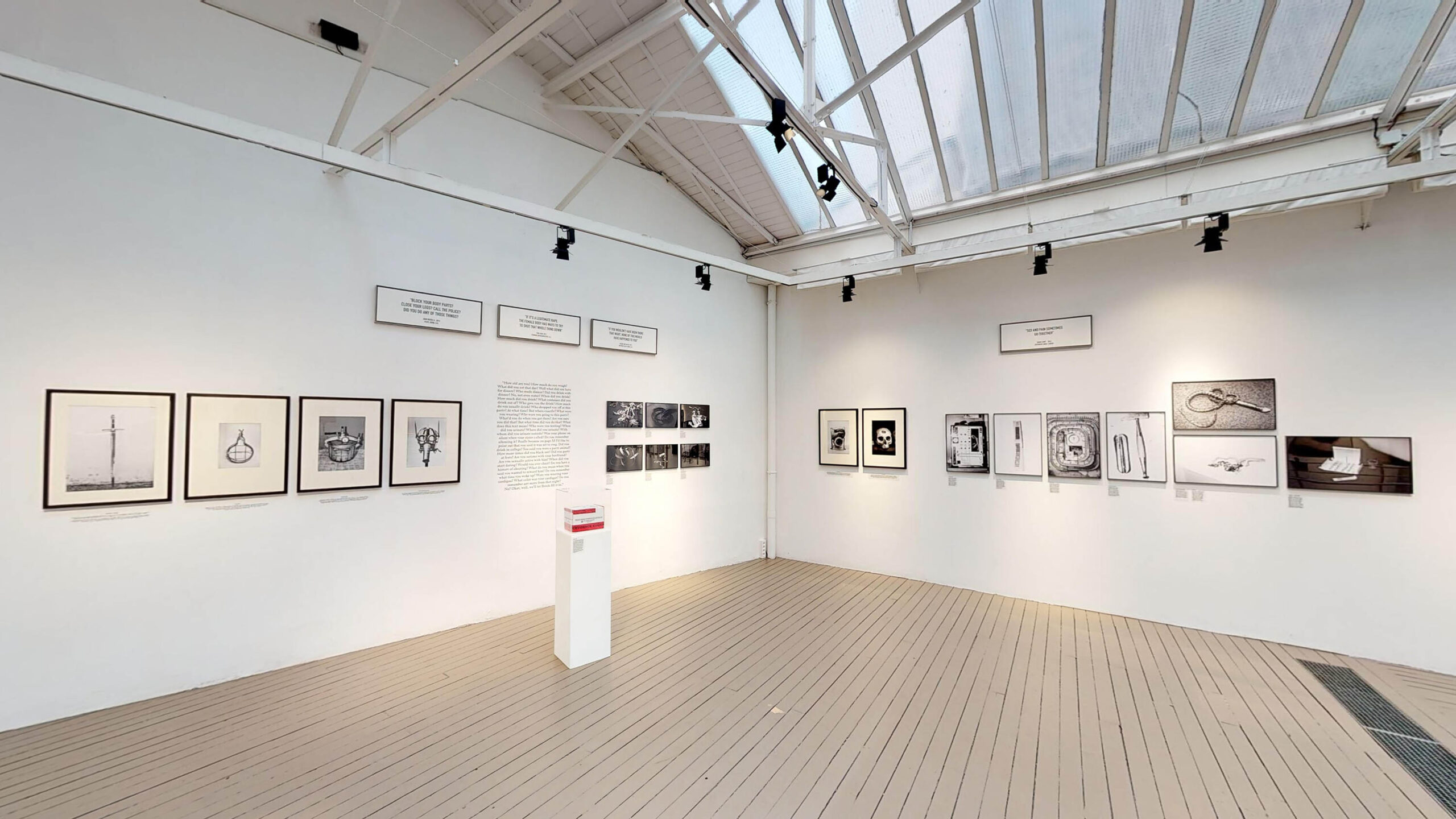
Laia Abril – in Galerie Filles Du Calvaire I
A History of Misogyny looks like a great long-term work. Did you do it consciously or did it happen that way?
I started working on my personal projects in 2009, at the same time I started Colors, a magazine that was produced under the umbrella of the Benetton Foundation. At that time the platforms went into crisis, the world economy was also in crisis, and digital photography began to emerge with the multimedia component. All this context generated a narrative rupture and we, new content creators, appeared . This is how On Eating Disorders came about, my first project that has three chapters: first I made a multimedia, then a publication with an installation and finally a book with which an exhibition was also made. Long-term research by episodes has given me freedom.
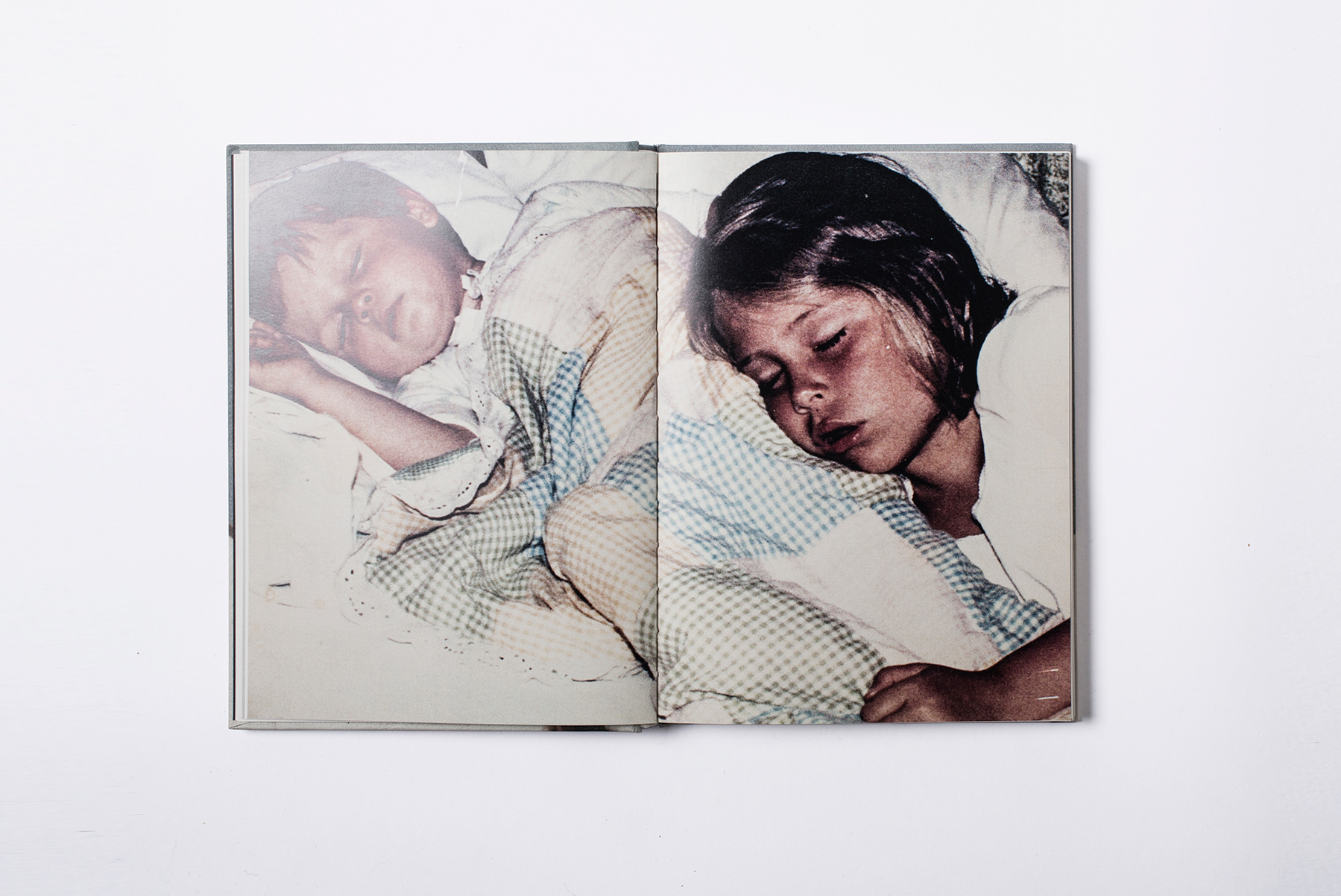
Laia Abril –The Epilogue Book
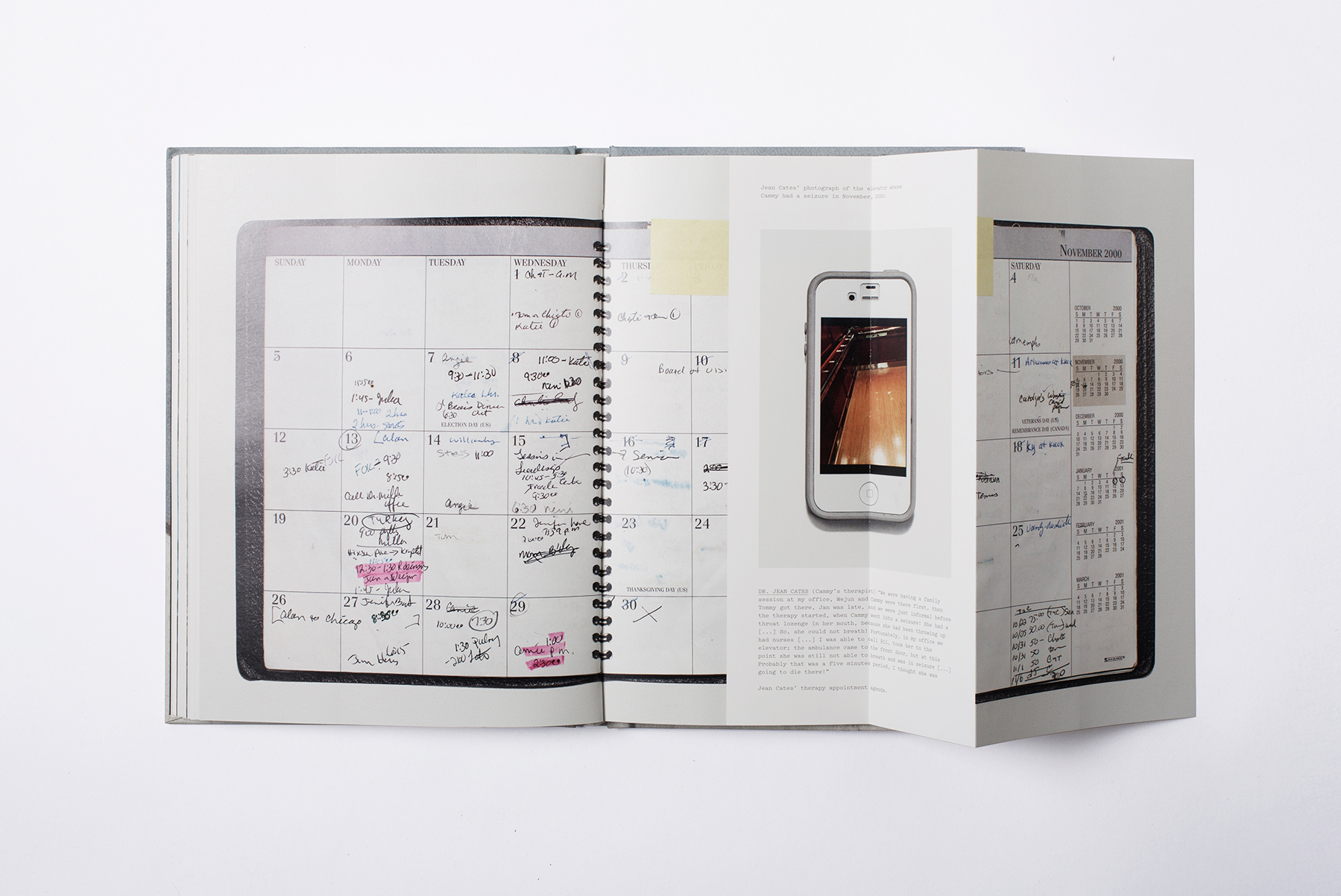
Laia Abril –The Epilogue Book
In this work there is a change in the way of experiencing narratives. It helps me to make connections, look for casualties, look at a ‘bird’s eye view’ and understand issues that, sometimes, when I approached a topic trying to get very close to a single character, I left aside other political and social aspects. Those are the matters that still interest me as an author today.
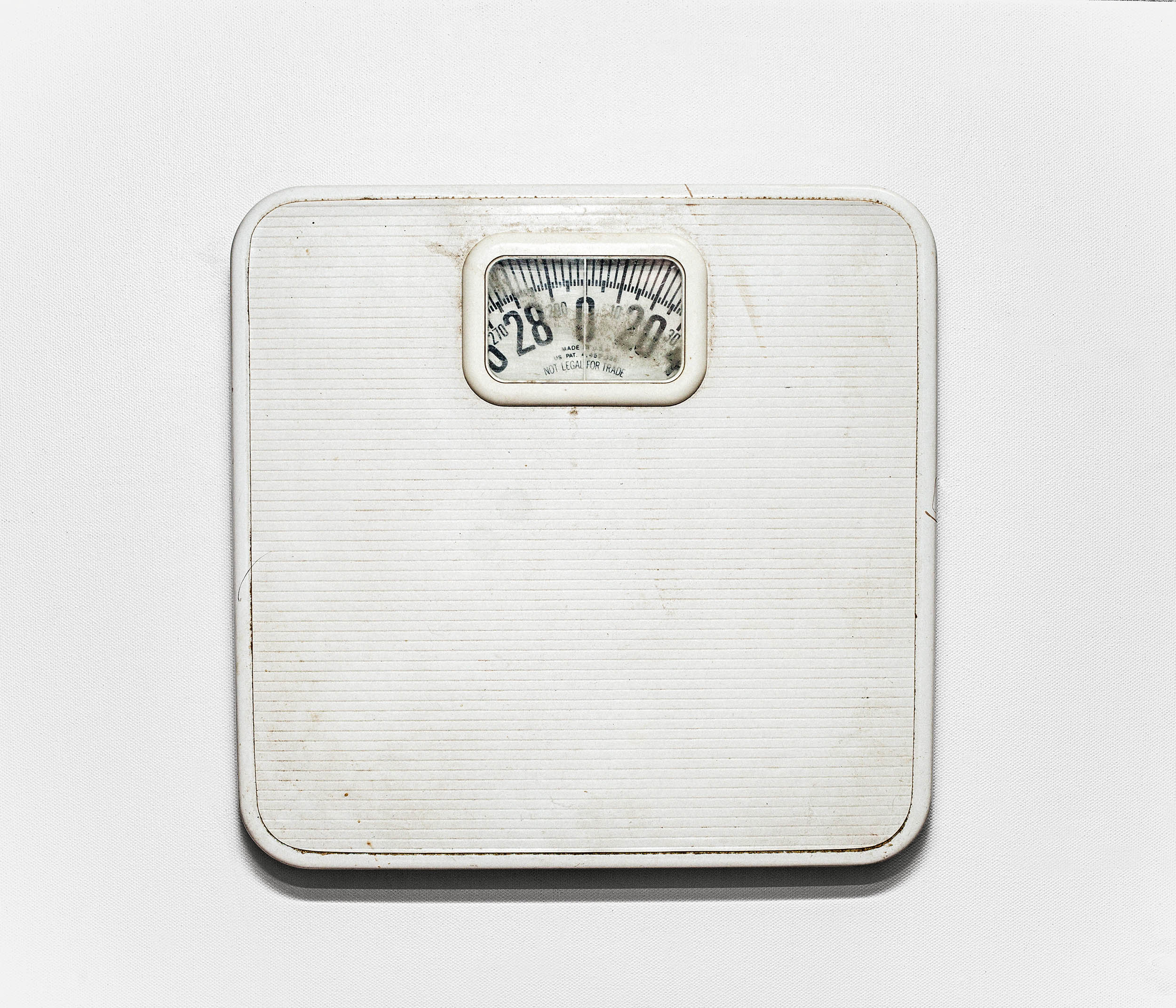
Laia Abril –The Epilogue
You ran from the center of the life story, the classic way of telling. And you created a kind of “Encyclopedia” of misogyny.
I do not pretend to tell the whole story, not even with the rigor of an encyclopedia, because I am not a historian, but it is a story. I studied journalism, and it looks to me that the important stories to me weren’t supposed to be the “news”. And what began by detecting problematic thematic gaps in the journalistic agenda, was mixed with a more personal agenda; and over the years I realized that they not only became invisible because they were uncomfortable stories, but also that their psychological or conceptual components needed a different treatment.
It is a subject that does not require images that generate impact blows; It takes time.
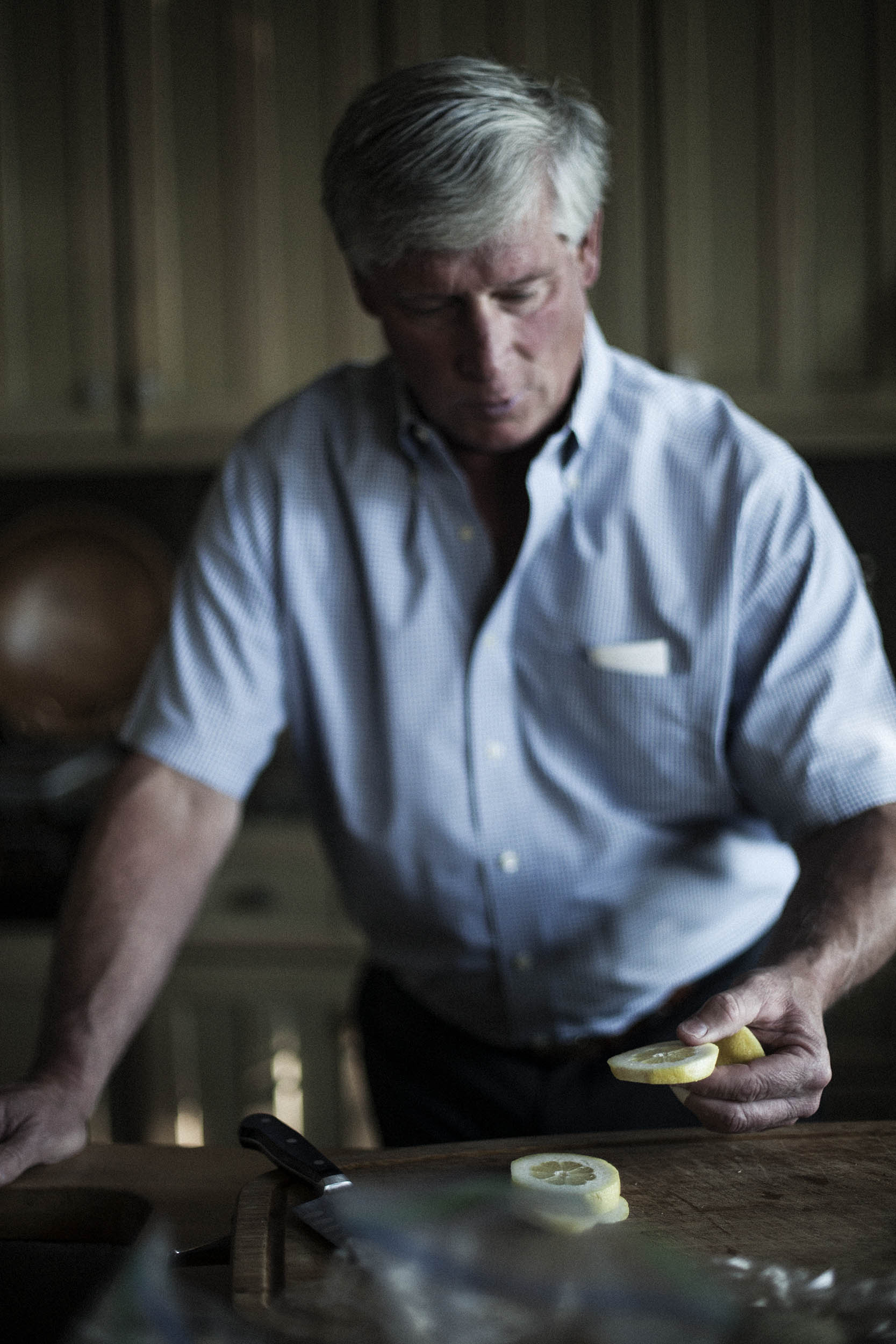
Laia Abril –The Epilogue
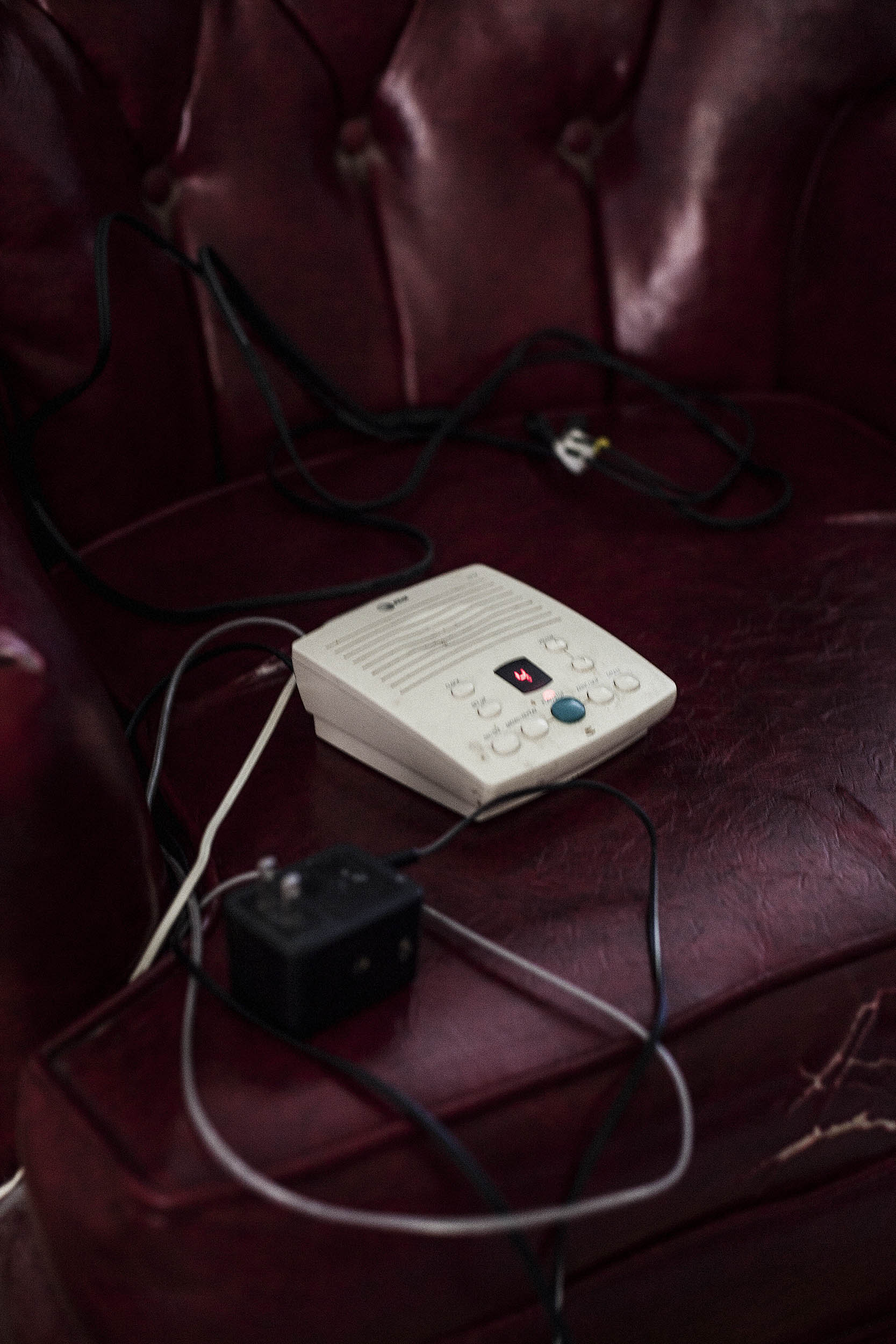
Laia Abril –The Epilogue
Traditional languages - journalistic writing, non-fiction and documentary photography – were too small for you to narrate these issues?
At first I doubted my qualities or felt that photography was not enough. Until I understood that this way of telling stories was limited to war or conflict stories. In the documentary narrative there was a male gaze linked to the search for impact and speed. To tell stories like these, those ways or strategies are out of the equation. And so I unintentionally became part of that generation that was breaking down those barriers, running on the margins, creating a limbo between documentary and art. It was not born of an intention to rebel against the format, we simply needed to tell our stories.
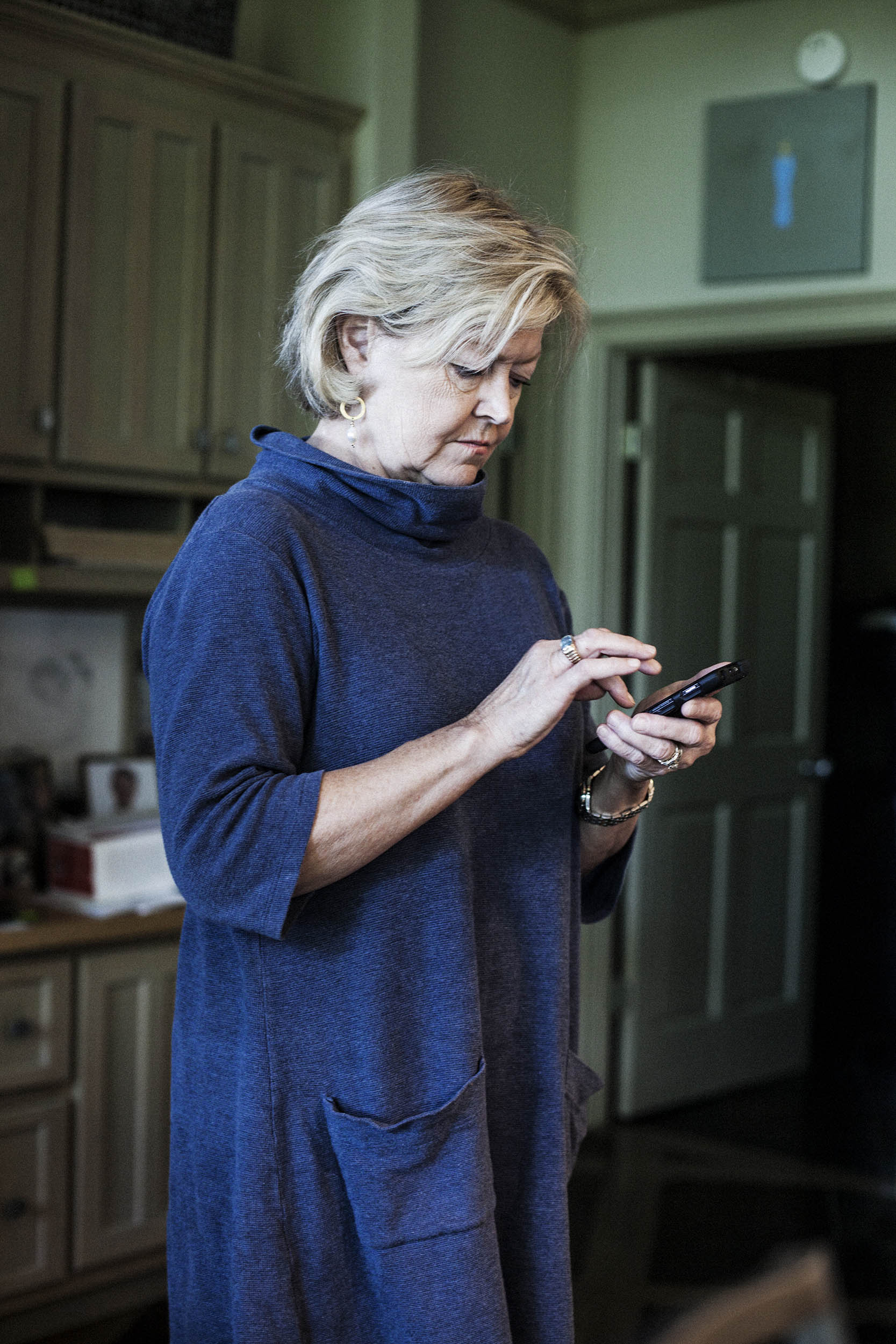
Laia Abril –The Epilogue
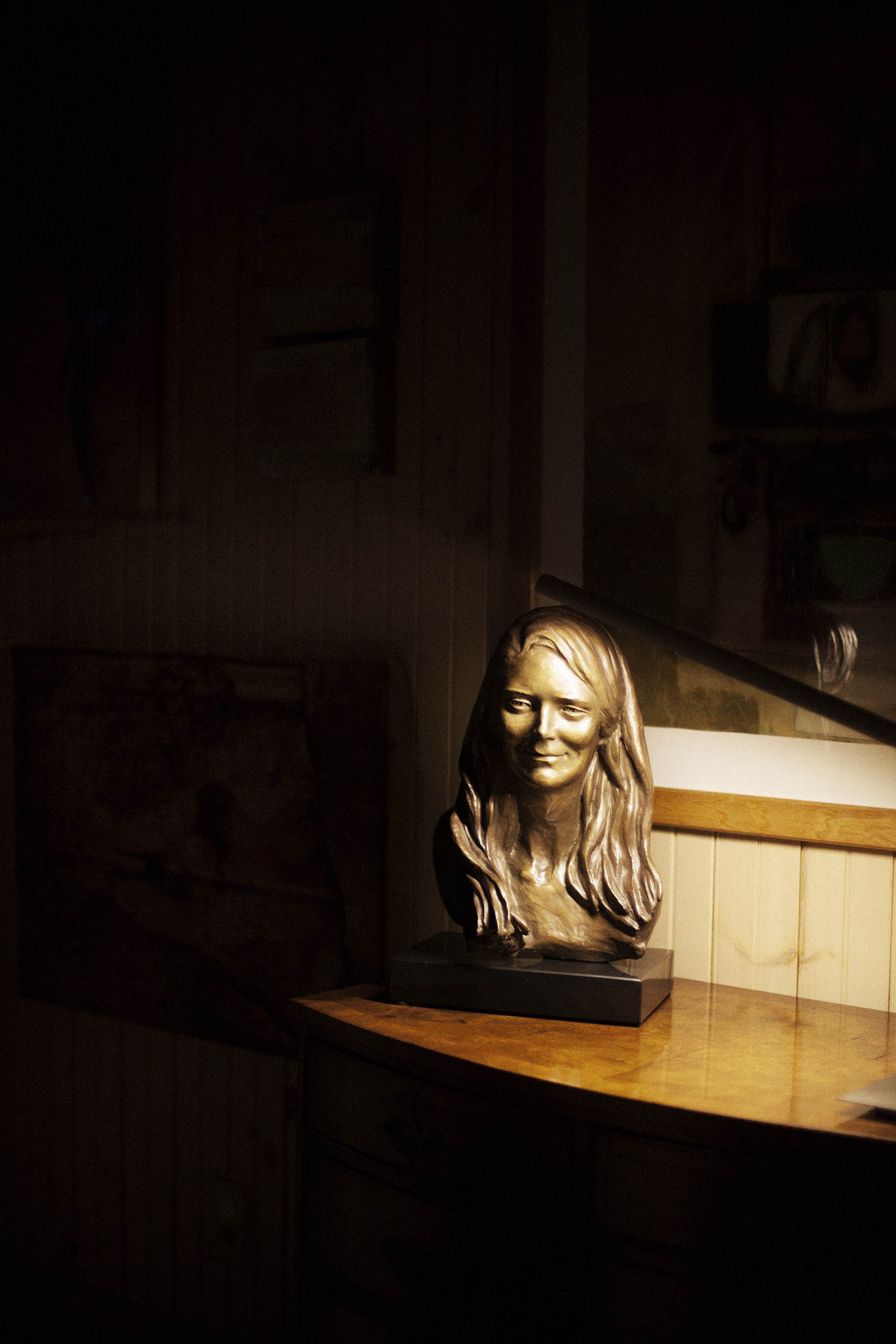
Laia Abril –The Epilogue
One of the first internationally renowned work on femicides was done by a male photographer. He addressed a social issue, yes, but he crossed it with the spectacular, even the gory.
This is a long debate, and I think it depends on each circumstance, each historical moment, and each platform. But, I never felt comfortable with that type of “image hunting” and I still doubt the social benefit of that type of strategy. That was always clear to me doing On Abortion. I had nasty images in my hand that could deliver a direct hit, like forensic files. But I wasn’t interested in using them because, what was my intention? My target audience was not the one who was in the same line of thought as me, I was interested in people who were in that kind of gray area.
How do I get these people to stay in the exhibit as long as possible to read enough and feel some kind of connection and to stay in the exhibit as long as possible? I do not mean to create a paternalistic format, since the stories I tell are crude. It was then that I decided to create a visual archive that did not exist, symbolizing the repercussions of access to abortion in the world.
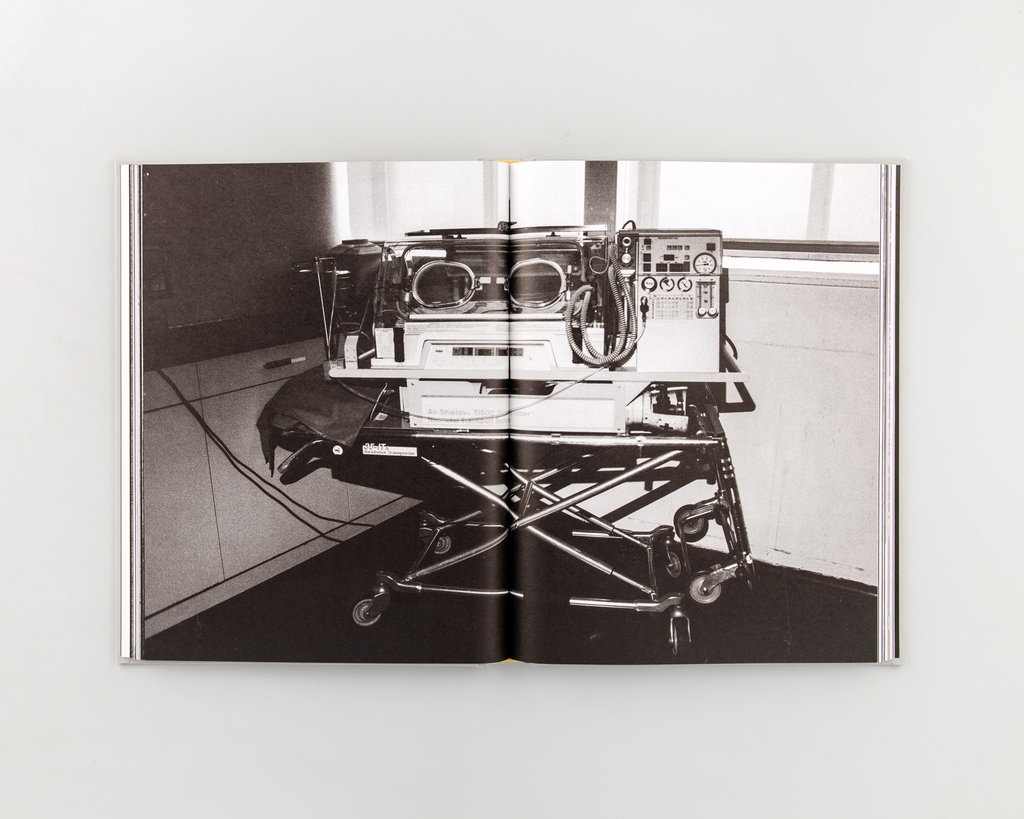
Laia Abril – On Abortion
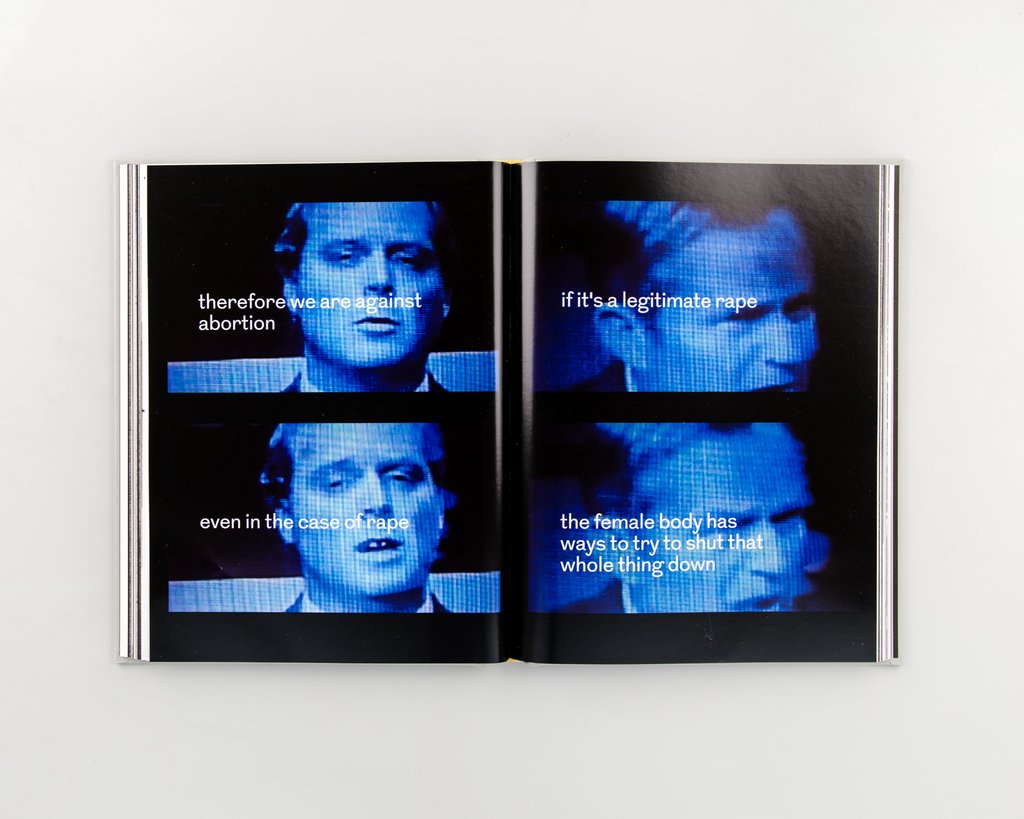
Laia Abril – On Abortion
In On Abortion there is a strong bond with objects. With what criteria did you incorporate them into your work?
Sometimes it is interesting to see the projects chronologically, because I let myself be influenced by the previous ones. For example, in Thinispiration I appropriated images from the Internet when it was not a common practice in documentary photography because the World Press Photo to Michael Wolf had not yet emerged. But at that time I worked surrounded by graphic designers and artists, where appropriationism was common. That was a door to understanding that in the next chapter I could tell the story of Cammy, who had died of bulimia, through her family album.
But let’s say that each new barrier that I was falling, the new wall that I was pulling, a new aspect in which I was risking or a mistake that I was learning took me to the next chapter or to the next project with that gained.
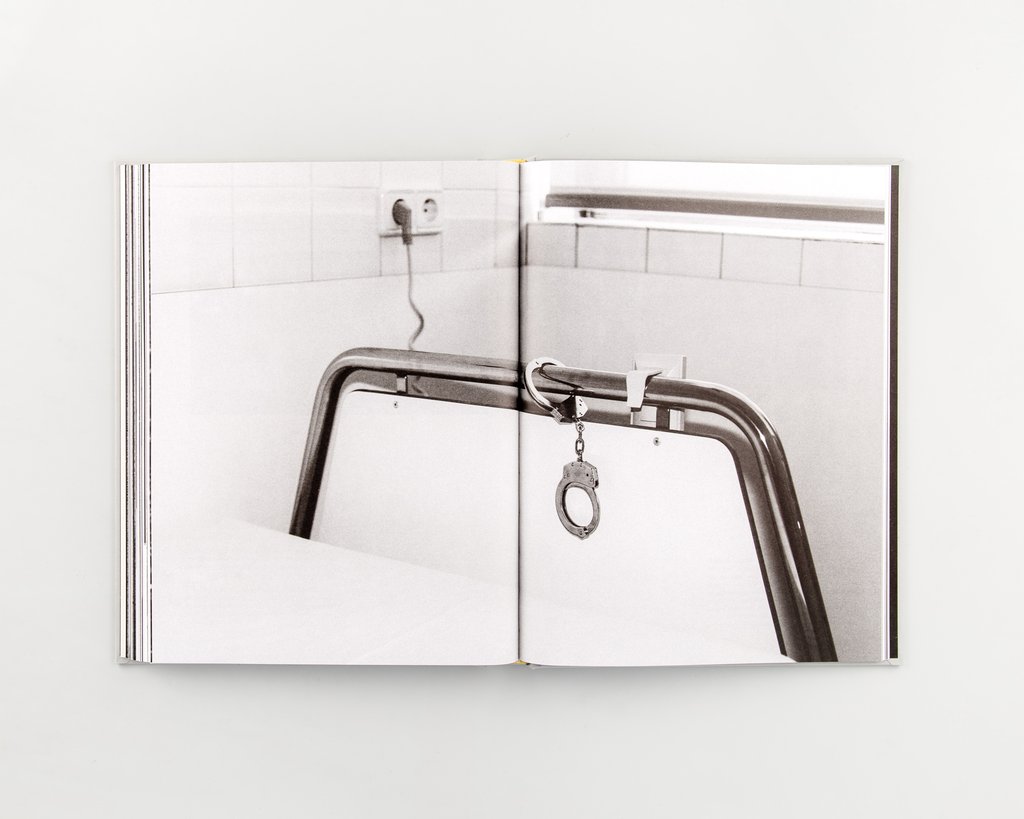
Laia Abril – On Abortion
With the subject of the objects various things happened. On the one hand, in Colors we were doing very interesting research on new narratives, we used a lot of documents, a lot of objects, and obviously research, which was the traditional methodology of the magazine. I guess influenced by this, I did an image in The Epilogue, which is right at the end of the book, that changed everything a bit. To tell Cammy’s story, in addition to the family album, I interviewed her surroundings, and in the last few days I met her cousin. He told me he had a voicemail from her, and when I got to his house, he took out an answering machine, one of the old ones, a junk full of cables… This was in 2013, and although seven years had passed since her death, he was still keeping that inanimate object, because there was a part of Cammy’s soul that still lived there.
That was a door that opened to On Abortion and that implied taking a more metaphorical three-dimensionality in my work.

Laia Abril – On Abortion
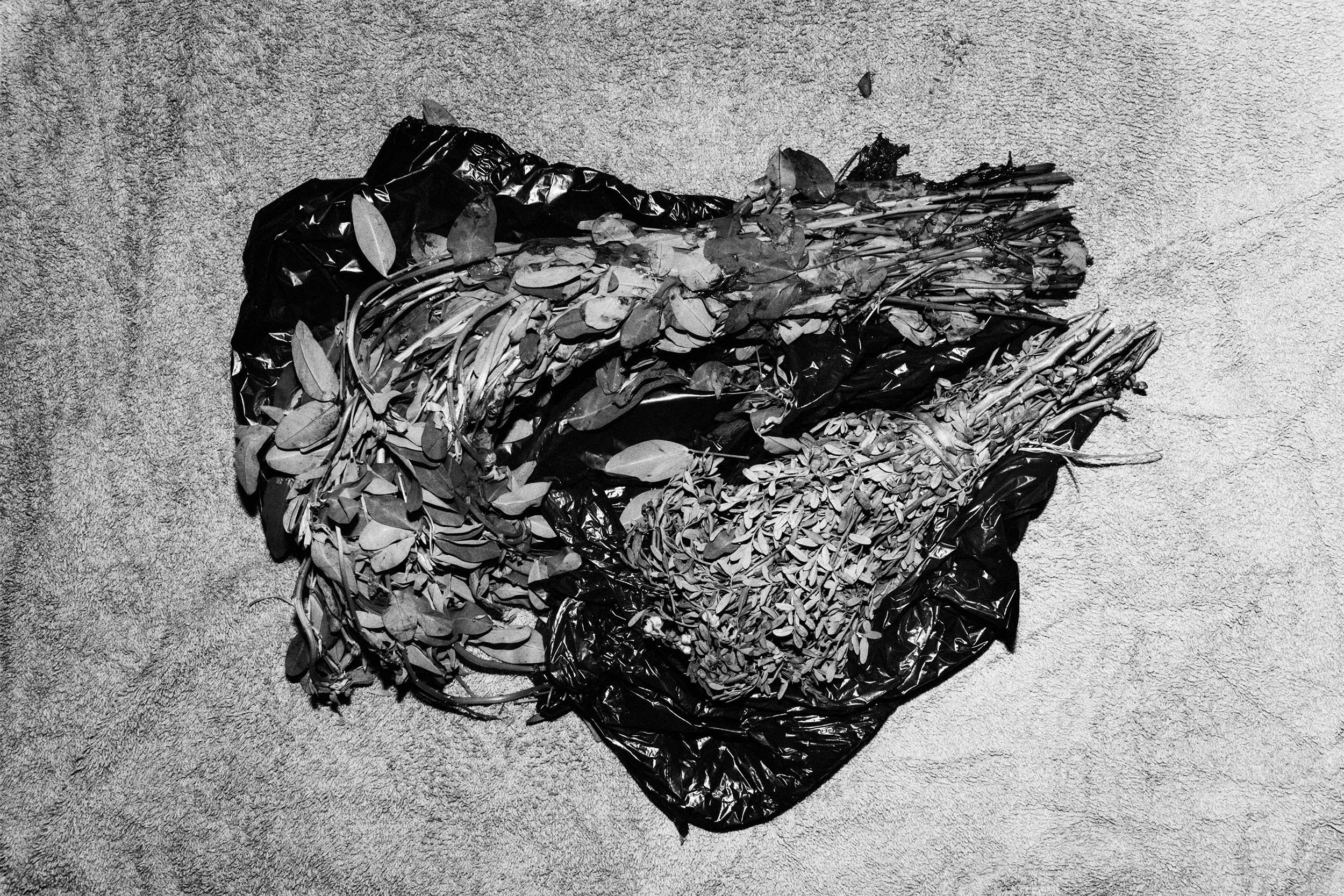
Laia Abril – On Abortion
Eating disorders, the right to abortion… You work with contemporary issues. How do you get there? How do you get involved?
I remember when I published my first documentary work in 2010 on bulimia, I had a breakdown, realizing that with photography I was not going to “save the world” as I had been taught. I guess something clicked on me, with the next project, while I was talking to the girls on the Ana and Mia forums. So I asked myself, what is the point of going to their home to photograph them? I thought that photography could be a tool to “help”, but they used it to hurt themselves more. Then the project changed its tessitura, and with it my practice. It was 2011, and it was still not normal to see someone taking a selfie in the bathroom mirror, and even less to show how much their clavicles were marked, so my interest was transferred from them, to the new dangers and consequences of the use of photography and social networks.
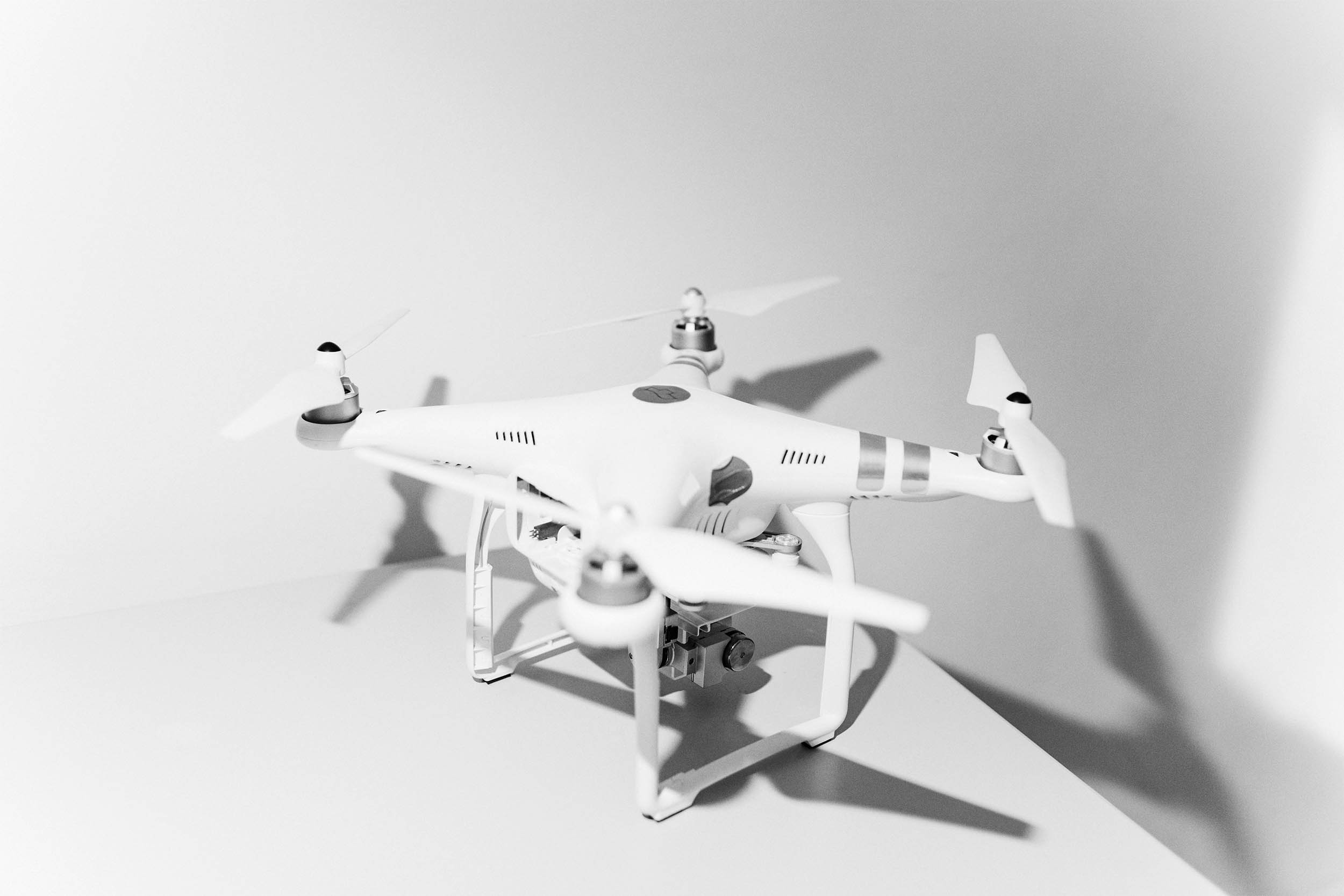
Laia Abril – On Abortion
Most recently, with A History of Misogyny, as I research I see that all the themes are interconnected. I am motivated by a reason that is not as altruistic as it may seem at first, since what obsesses me is understanding why things happen, and thus being able to understand myself and the society in which I live. When the case of the Pack happened, it was the trigger for the choice of On Rape as the second chapter. I was aware of the problem of sexual violence, but what did not fit in my head was that in 2018 the institutions, in this case judicial, police and communication, failed so much to that person who survived a gang rape. Thinking from this argument, the last trigger for the election of On Abortion, as the first chapter, was the law proposed by Alberto Ruiz Gallardón to restrict its access in Spain in 2013.
When I choose a topic there is a mixture between the personal, the close, the important, the representative, the hidden. Although many times the decision is visceral.
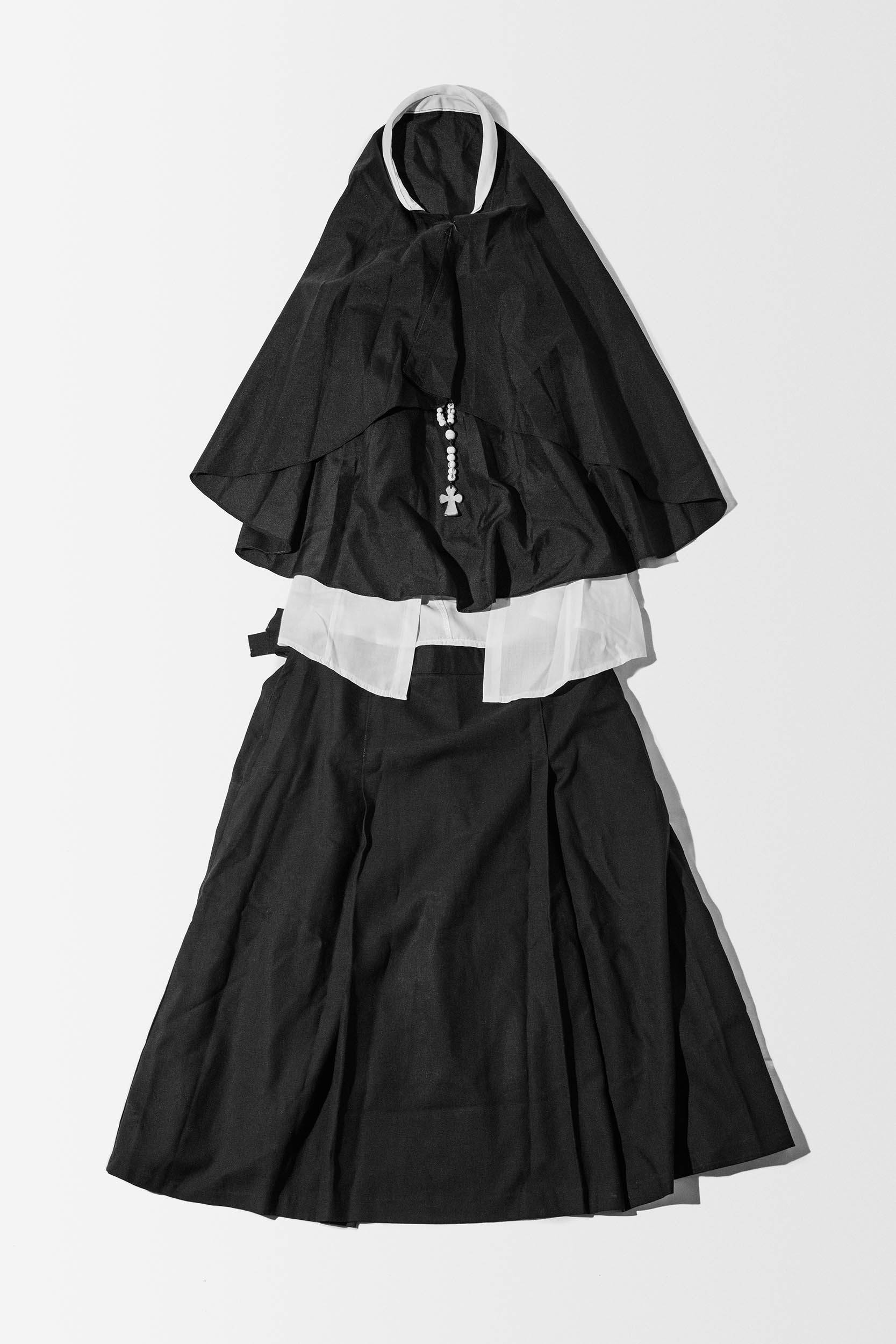
Laia Abril – On Rape
How did you get to On Rape?
When I finally detected what my role was in addressing this issue, I identified that, unlike On Abortion, it is not that it was a super hidden issue, since we were in the middle of the MeToo and all the time there were images talking about rape, images of the people who had been abused. But I did realize that now all the pressure and visual responsibility fell on the victims and survivors. It’s okay to give a voice, and it was necessary. But why doesn’t anyone talk about the institutions that create and perpetuate that network? That is how I decided to photograph the “uniforms” that symbolized the institution behind the rape that had also abandoned them after it: Church, military system, school, or marriage. In this way, the testimonies focused on that institutional failure, and the images represented the millions of victims behind each one of them. The privilege of being able to tell these stories comes hand in hand with the responsibility to do it well, and to understand that it depends on how you do it, it will have an impact on the public that will contribute to form their thinking and opinion.
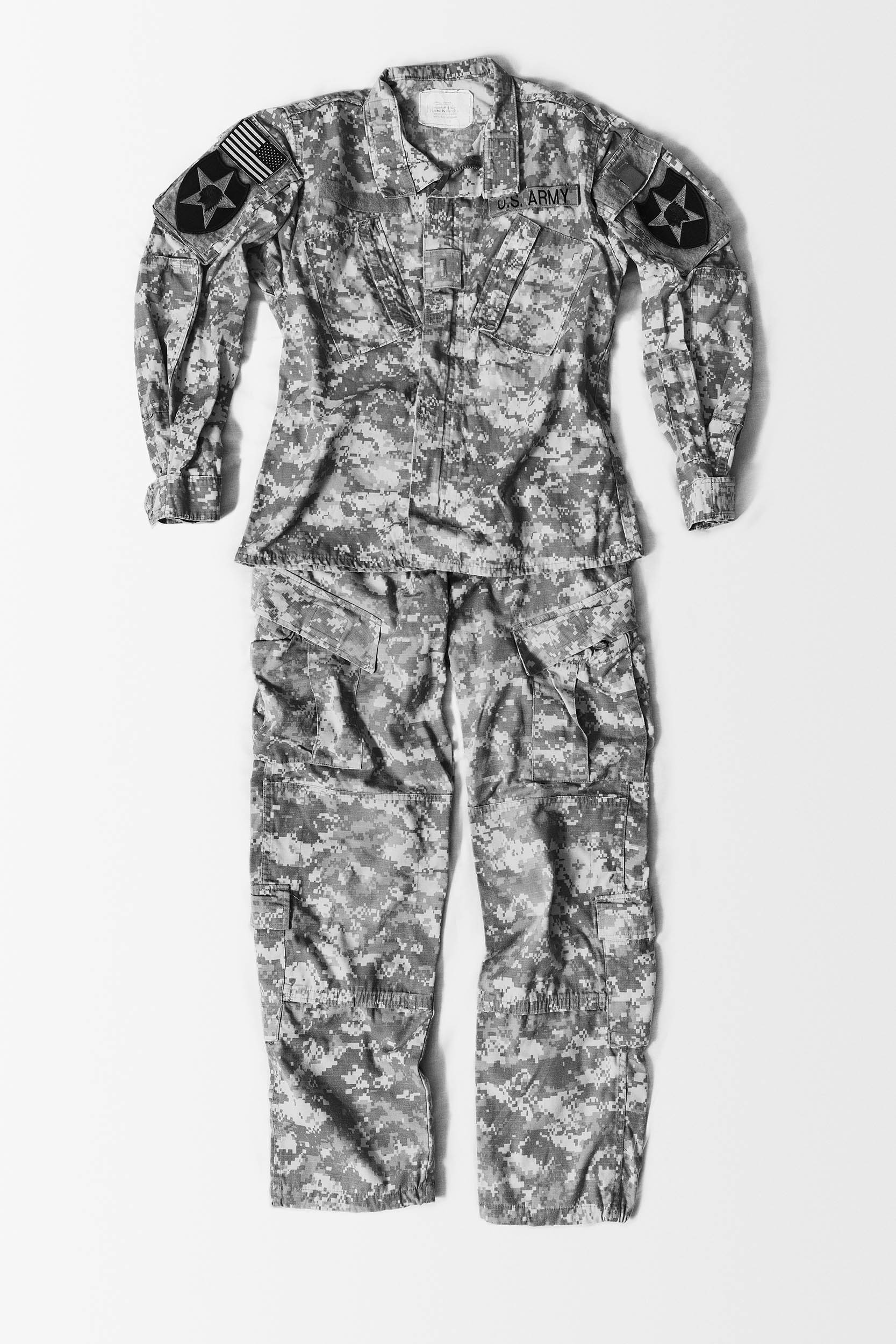
Laia Abril – On Rape
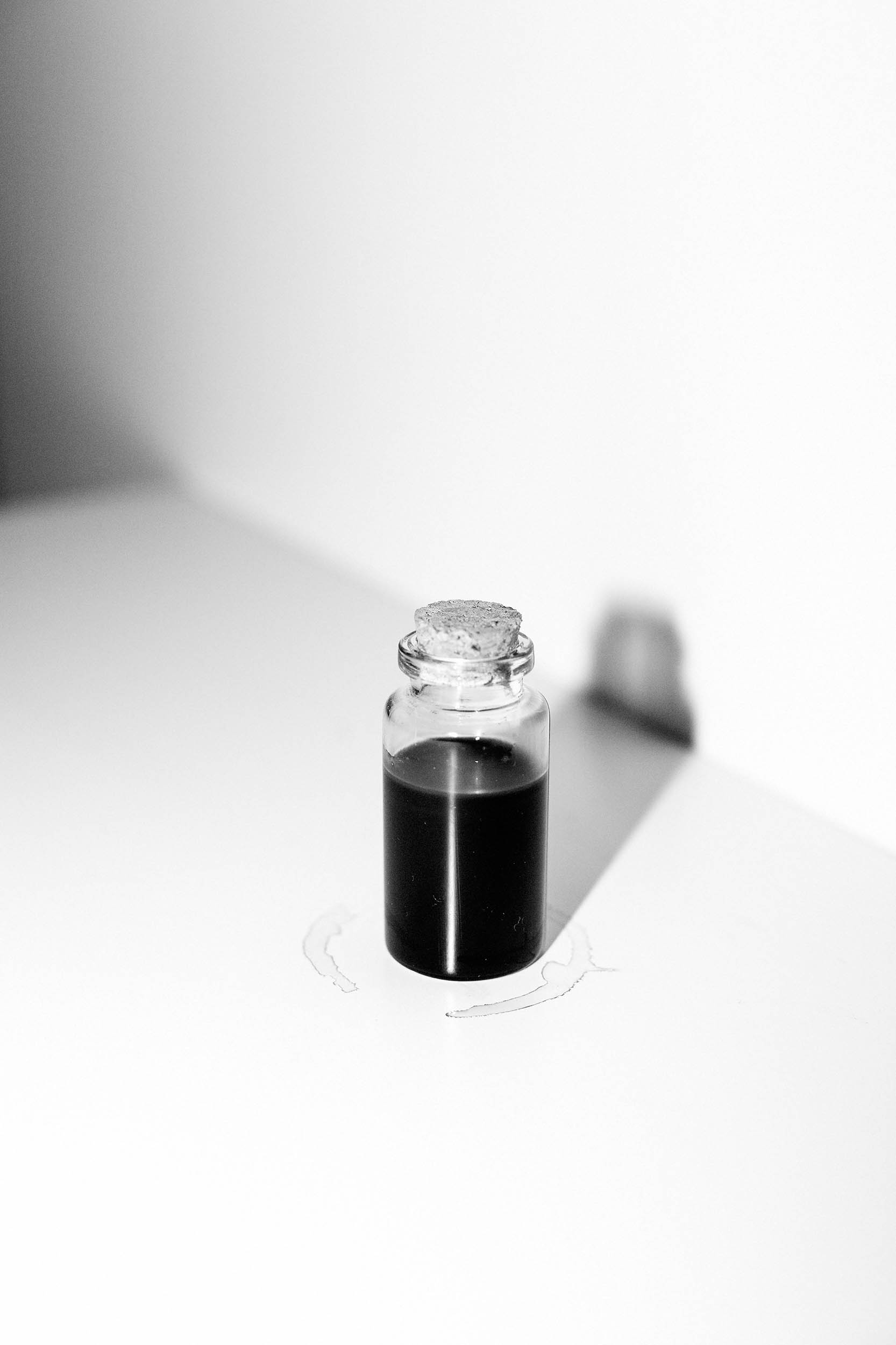
Laia Abril – On Rape
We have to build a new grammar to tell the world, and that grammar is in art, in appealing to a thousand formats, in expanded journalism. That is in the air all the time in your work: it is on the side of total subjectivity and at the same time it open dialogues on topics with social relevance. If you think that with your work you will not change anything, then what do you want to achieve?
I don’t think it’s not going to change anything. But I am much more realistic with its scope. I am constantly in crisis when asked about the meaning of what we do. Many years ago I assumed that this “naive” idea of changing the world does not pass through the book or the exhibition that I do. Now, making an impact on the people who do take the time to read and look at my works is much more important than it may seem at first.
Anyway, now, in the middle of a pandemic, I am quite unanswered. I feel that I am not the only one who does not understand what the meaning is, but well, we will find it, I am not pessimistic.
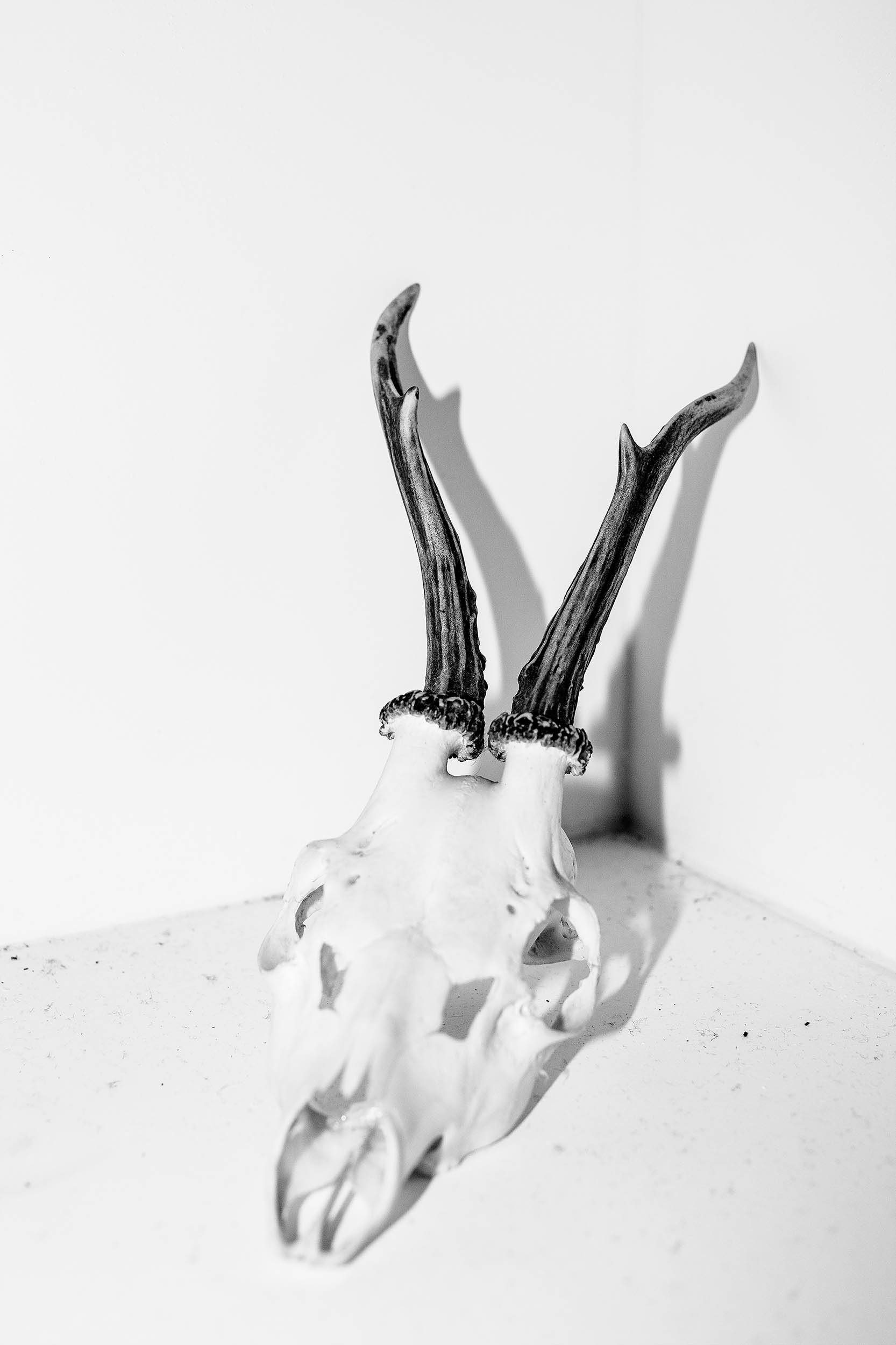
Laia Abril – On Rape
Narrativas Limítrofes is a project carried out with the support for the promotion and dissemination of Spanish art by:
